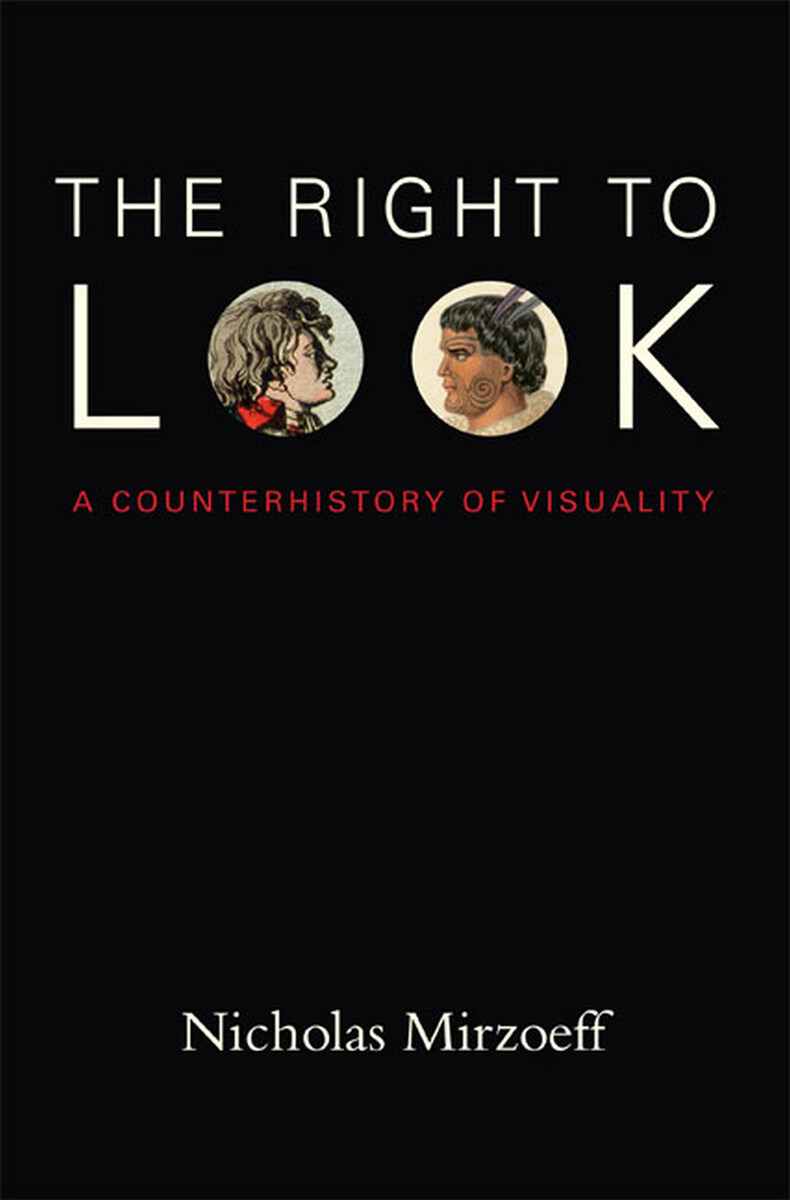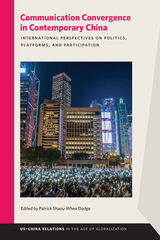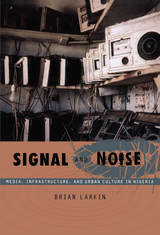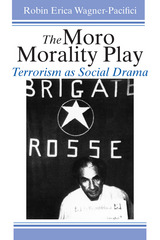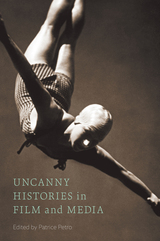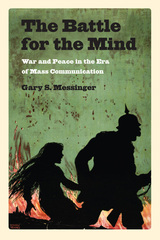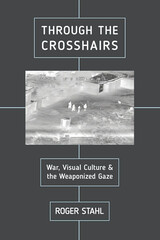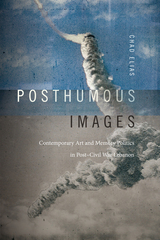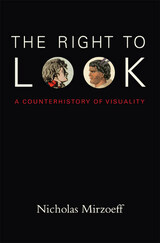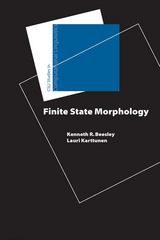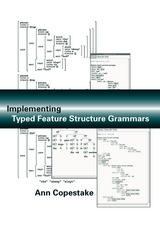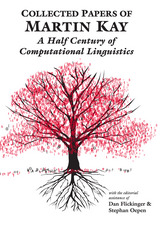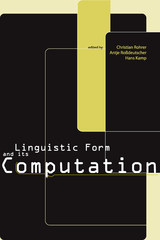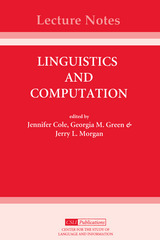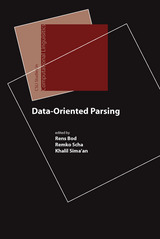The Right to Look: A Counterhistory of Visuality
Duke University Press, 2011
eISBN: 978-0-8223-9372-6 | Paper: 978-0-8223-4918-1 | Cloth: 978-0-8223-4895-5
Library of Congress Classification P96.W62M57 2011
Dewey Decimal Classification 302.222
eISBN: 978-0-8223-9372-6 | Paper: 978-0-8223-4918-1 | Cloth: 978-0-8223-4895-5
Library of Congress Classification P96.W62M57 2011
Dewey Decimal Classification 302.222
ABOUT THIS BOOK | AUTHOR BIOGRAPHY | REVIEWS | TOC | REQUEST ACCESSIBLE FILE
ABOUT THIS BOOK
In The Right to Look, Nicholas Mirzoeff develops a comparative decolonial framework for visual culture studies, the field that he helped to create and shape. Casting modernity as an ongoing contest between visuality and countervisuality, or “the right to look,” he explains how visuality sutures authority to power and renders the association natural. An early-nineteenth-century concept, meaning the visualization of history, visuality has been central to the legitimization of Western hegemony. Mirzoeff identifies three “complexes of visuality”—plantation slavery, imperialism, and the present-day military-industrial complex—and explains how, within each, power is made to seem self-evident through techniques of classification, separation, and aestheticization. At the same time, he shows how each complex of visuality has been countered—by the enslaved, the colonized, and opponents of war, all of whom assert autonomy from authority by claiming the right to look. Encompassing the Caribbean plantation and the Haitian revolution, anticolonialism in the South Pacific, antifascism in Italy and Algeria, and the contemporary global counterinsurgency, The Right to Look is a work of astonishing geographic, temporal, and conceptual reach.
See other books on: Communication and culture | Look | Right | Visual communication | Visuality
See other titles from Duke University Press
